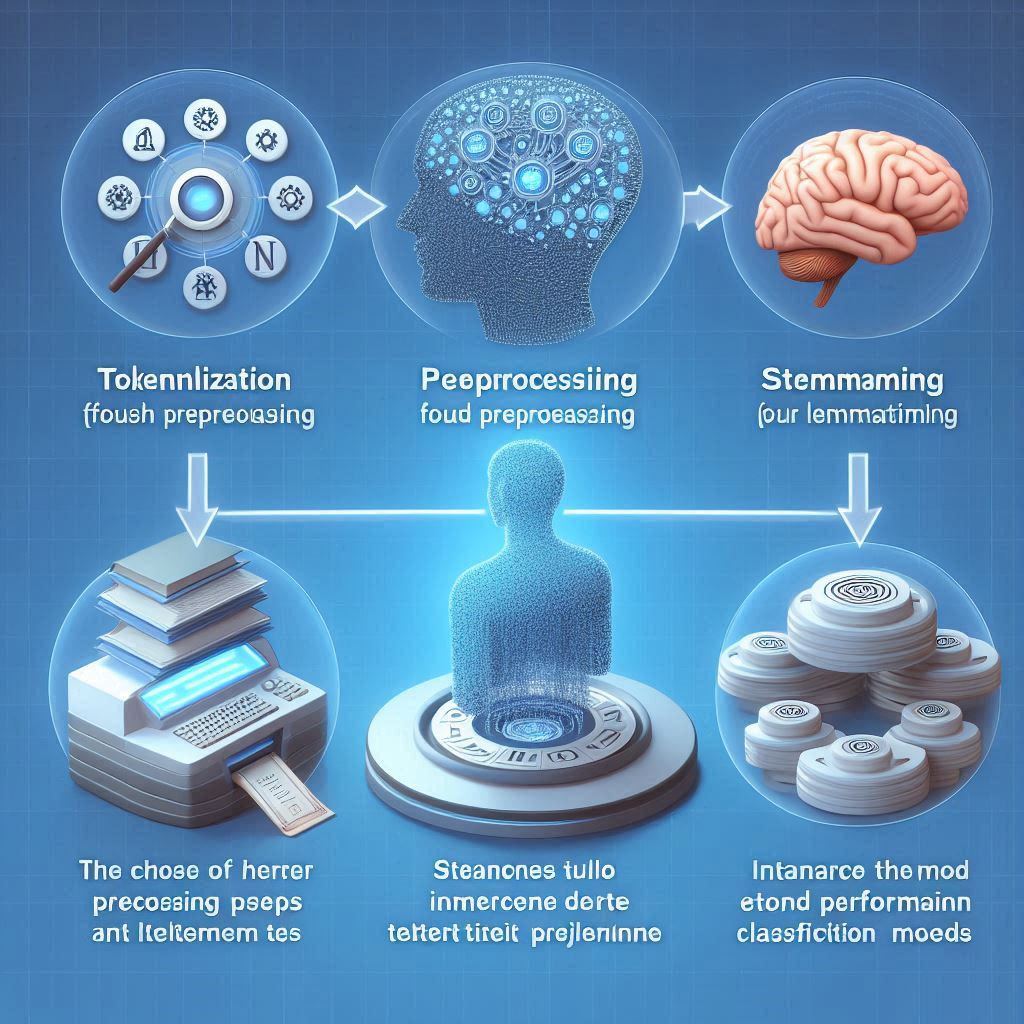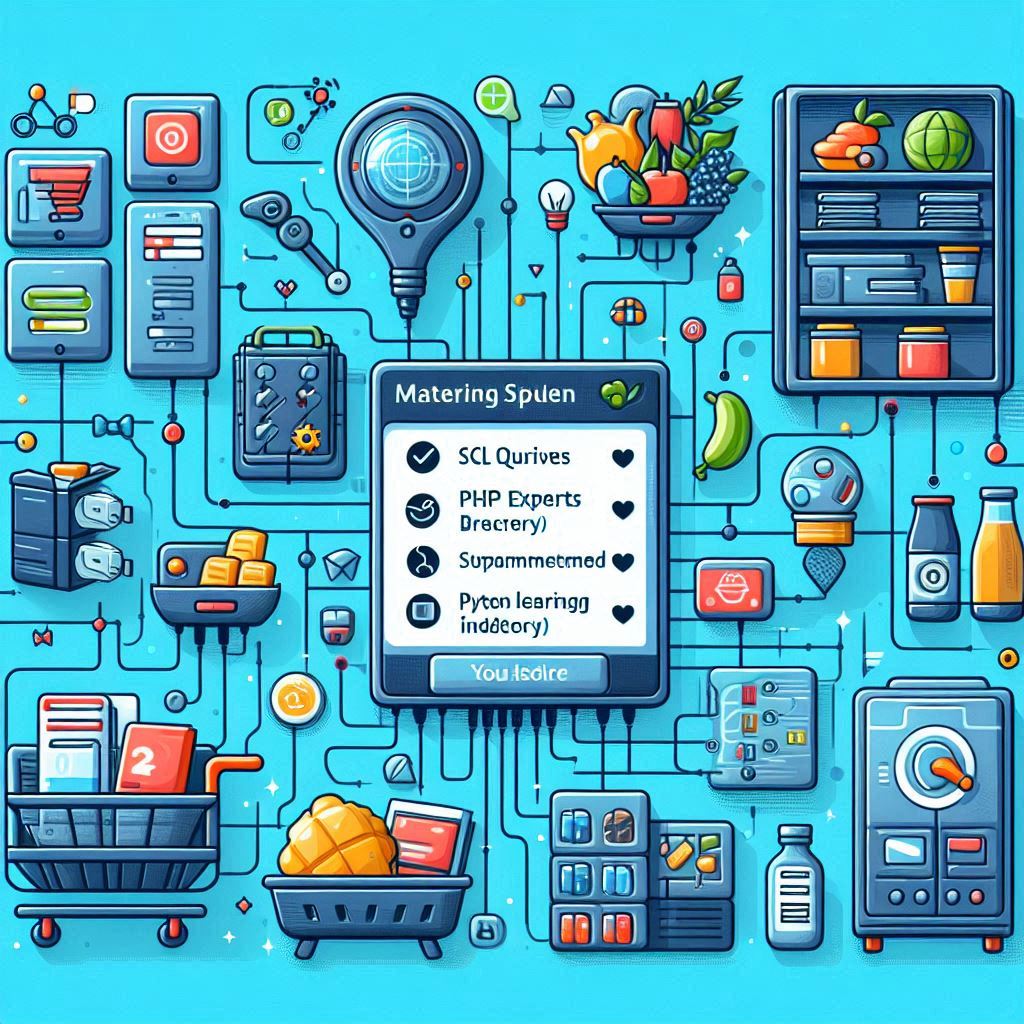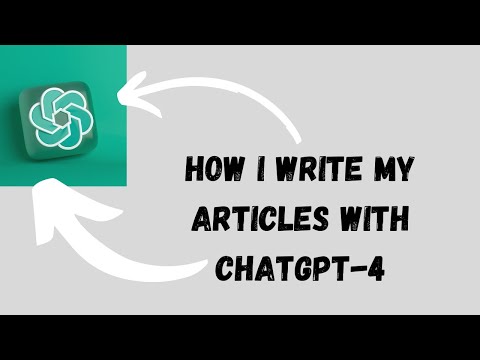
How to Use Large Language Models for Text Classification
Most of the mentioned LLMs, including Falcon, GPT-4, Llama 2, Cohere, and Claude 3, can be integrated into existing systems, albeit with varying degrees of ease and resource requirements. Falcon stands out for its versatility and accessibility, even on consumer hardware, making it a strong candidate for projects with limited resources. GPT-4, assuming similar capabilities to GPT-3, would require substantial computational resources for integration. Llama 2’s efficiency and customization options make it appealing for projects needing a balance between cost and performance.


















